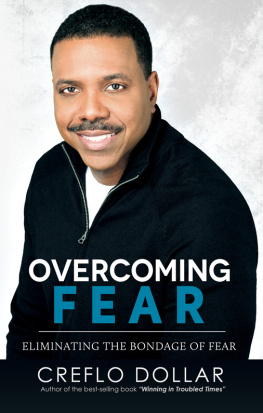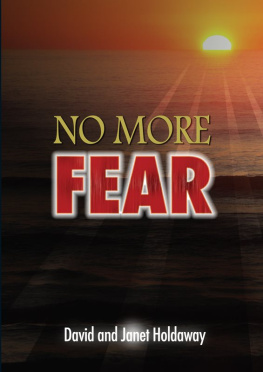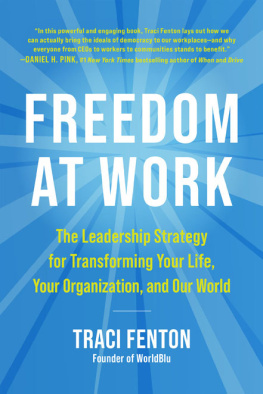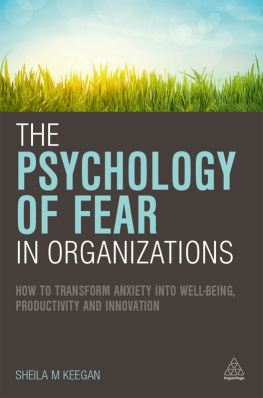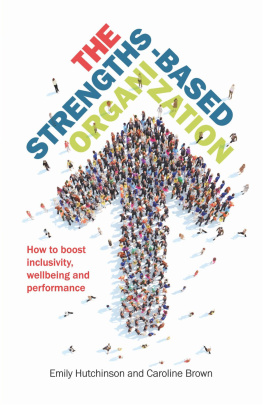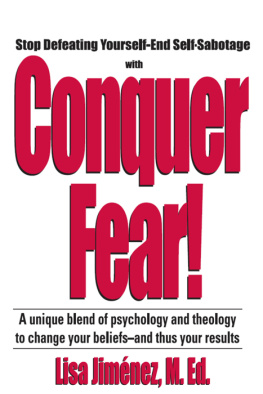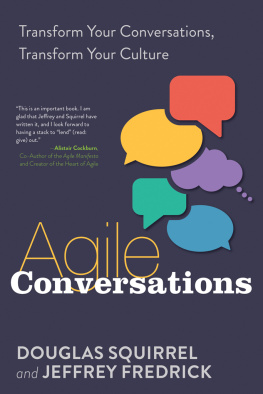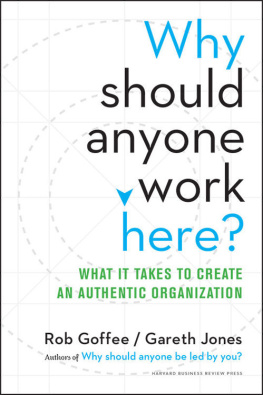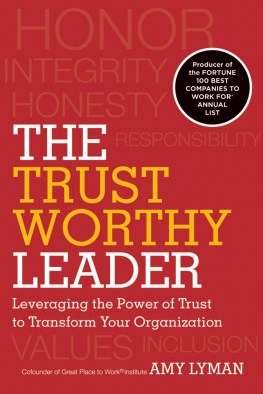Dr Paul Brown is Faculty Professor, Organizational Neuroscience, Monarch Business School Switzerland; Honorary Chairman of the Vietnam Consulting Group, Saigon, and International Director of SIRTailors, Saigon. A clinical and organizational psychologist and executive coach, his main fascination is in creating a general theory of the individual and the organization based upon mapping how energy flows or gets blocked in the pursuit of profitable and other outcomes within the organizational system. He has recently co-authored Neuropsychology for Coaches: Understanding the basics (2012), River Dragon (a novel, 2014) and Neuroscience for Leadership: Harnessing the brain gain advantage (2015). He lives in Vietnam, teaches in the UK and consults worldwide.
Joan Kingsley is a Consultant Clinical and Organizational Psychotherapist. She has a private practice in London, is Honorary Consultant Psychotherapist at the National Hospital for Neurology and Neurosurgery, and is on the Psychotherapist register of the School of Life. Joan works with senior management in business organizations. She sits on the Board of Directors of two UK companies and is Vice President of a New York-based organization. Joan is a member of The New York Academy of Sciences, a Fellow of The Royal Society of Arts, and a member of the Royal Academy of Medicine and is registered with the UKCP. Joan has spent the past 25 years doing research into the links between brain systems and our psychological lives. A native New Yorker, Joan is based in London with her husband Philip. She is the proud mother of Katherine and Anabel.
Dr Sue Paterson is an oil and gas professional with over 30 years UK and international experience. She worked for Shell International in exploration, new business development and JV management, as well as talent management, leadership development, learning and recruitment. She has led teams in-country and across continents. In 2010 she set up her own oil and gas consultancy, and in 2012 became the Director of an international management consultancy. She is a qualified IOD Chartered Director, and has board experience in the oil, public and voluntary sectors. Sue divides her time between Aberdeen and Amsterdam, where her husband Steve is currently working. Sue and Steve have two sons, Dan and Eddie.
PART ONE
01
We all know, from what we experience with and within ourselves, that our conscious acts spring from our desires and our fears. Intuition tells us that that is true also of our fellows and of the higher animals. We all try to escape pain and death, while we seek what is pleasant. We all are ruled in what we do by impulses; and these impulses are so organized that our actions in general serve for our self-preservation and that of race. Hunger, love, pain, fear are some of those inner forces which rule the individuals instinct for self-preservation. At the same time, as social beings, we are moved in the relations with our fellow by such feelings as sympathy, pride, hate, need for power, pity, and so on. All these primary impulses, not easily described in words, are the springs of mans actions. All such action would cease if those powerful elemental forces were to cease stirring within us.
Einstein (1938)
Fear is the most depressing of all the emotions; and it soon induces utter, helpless prostration, as if in consequence of, or in association with, the most violent and prolonged attempts to escape have actually been made. Nevertheless, even extreme fear often acts at first as a powerful stimulant. A man or animal driven through terror to desperation is endowed with wonderful strength, and is notoriously dangerous in the highest degree.
Darwin (1872)
Fear is the most primitive of all the emotions and pivotal in the development of brain and mind, from birth and throughout our lifespan. Thus, fear plays a major role in the development of the Self. Fear is essential to our survival, but persistent fear can destroy us. Advances in brain science show just how devastating and long-lasting the effects of trauma and abuse (mental as well as physical) can be on the structure and function of the brain. Fear experiences can produce dramatic changes in the brains architecture, resulting in profound alterations in our assumptions and perceptions.
In this chapter we explore the role that fear plays in our development from birth and throughout life. The chapter describes what fear is and how it is perceived; that is, whats happening in our brain when we are overcome by it. We consider why fear is so easily triggered and why it is so readily used as a management tool. We set fear in the context of the eight basic emotions, and discuss how our psychological growth and development is in large measure shaped by the emotional experience of relationships.
Human beings are very complex. We are also very simple. Even more importantly, we are immensely adaptable. This gives us the remarkable evolutionary advantage that humans have gained over all other mammals.
Starting with the simple, we have three only three main operating components. We think, we act, and we feel.
Underpinning all three are eight emotions. They are the results of at least 2 million years of evolution. They are what make us complex.
The emotions are hard-wired in. In consequence the architecture of the human brain has evolved with emotions in mind. Emotions create the dynamic interpersonal energy upon which our whole social system our whole existence as humans relies. Emotions are real, physiological events and they exist whether we recognize them or not in conscious awareness . Emotions also happen whether we like them or not. Emotions stir us to act.
Emotions create our psychological lives. In that sense they create us through our psychological growth and development, which is parallel to, but much less visible and understood than, our physical growth and development.
The main drivers of bodily growth and development are genetic endowment and the supply of food. The main drivers of our psychological growth and development are the emotions and those who create the emotional environment around us during our development. That is the essence of nurturing: parent to child. We are psychologically sculpted by the emotional qualities of our relationships from minute one, day one. What happens emotionally in the womb also has a profound effect upon the developing brain and its non-conscious assumptions of the world it will inhabit. Experience sculpts and shapes the brain in order to make it the brain it is unique to each individual, but with each brain structured from the same materials as every other brain.
Emotions are the primary colours from which the patterns of our lives are created and upon which our feelings, mindset and attitudes develop. We are continuously emotional. The bedrock of everything we do and are is emotional. Emotions underpin all our thoughts and actions. Without emotions we would be androids.
Emotions, basically speaking
The eight basic emotions are (see ):
fear, anger, disgust, shame and sadness
surprise/startle
excitement/joy, trust/love
TABLE 1.1 The eight basic emotions
basic universal emotions | Responses | Key biology |
Fear | SURVIVAL Escape/Avoid/ Fright/Fight/Flight | STRESS Cortisol |
Anger |
Disgust |
Shame |
Sadness |
Startle/ Surprise | SURVIVAL OR ATTACHMENT? |
Excitement/Joy | ATTACHMENT Wonder Frolic Growth | REWARD/PLEASURE Dopamine |
Next page

